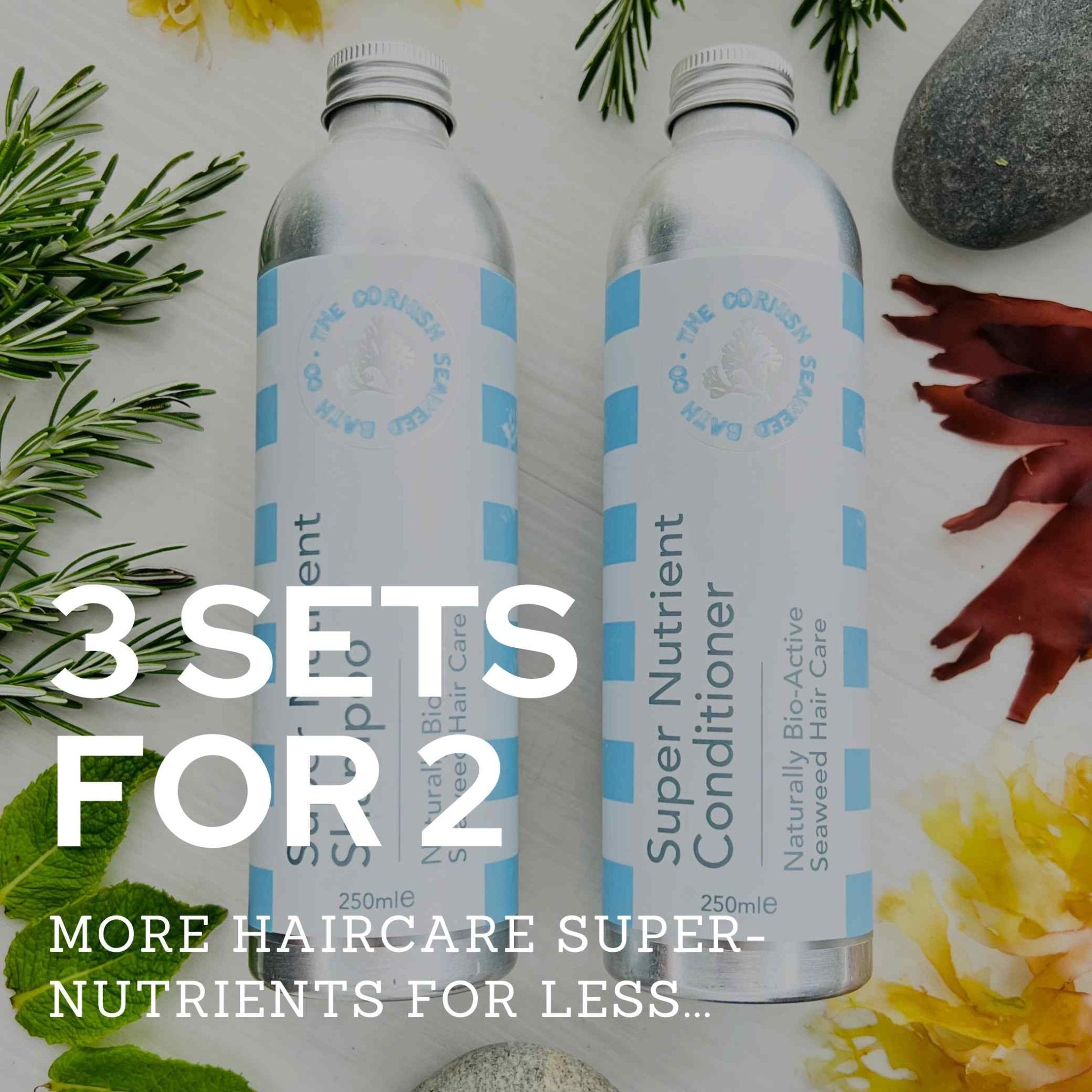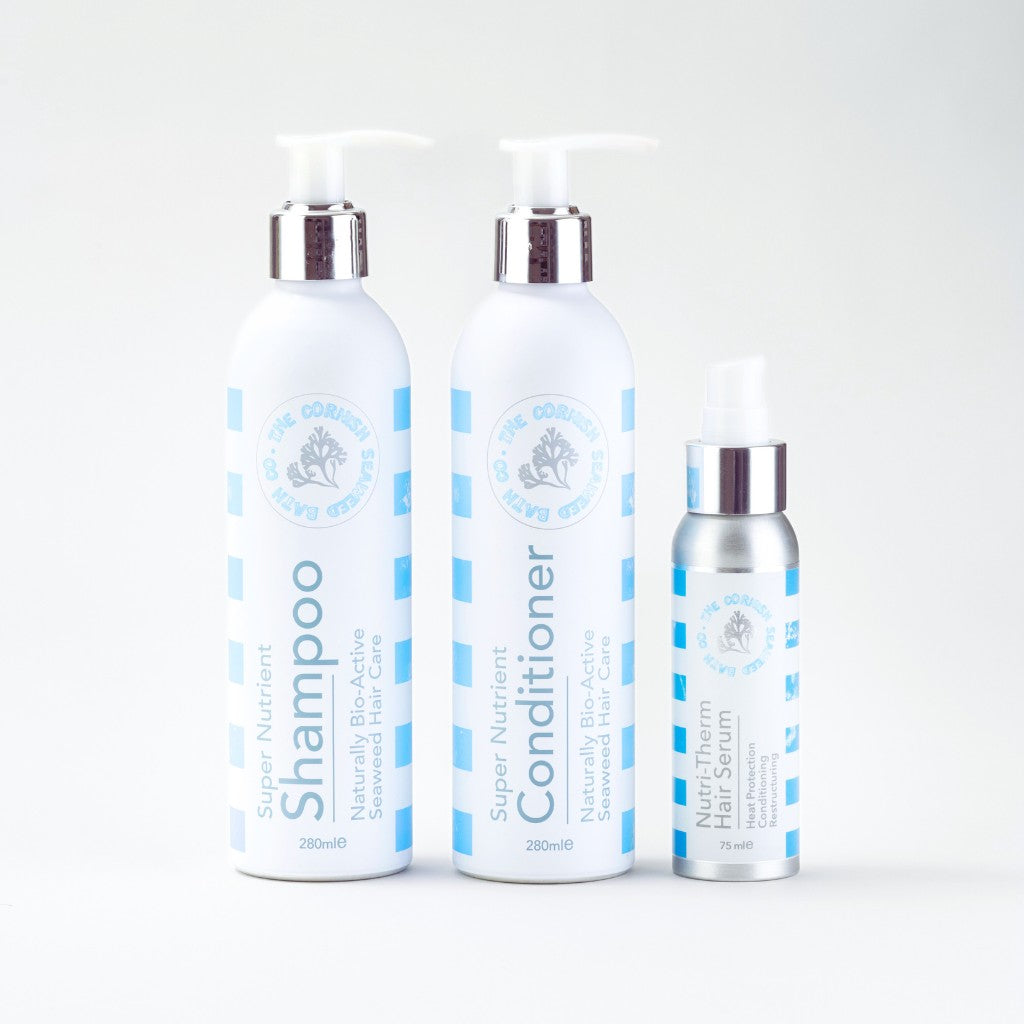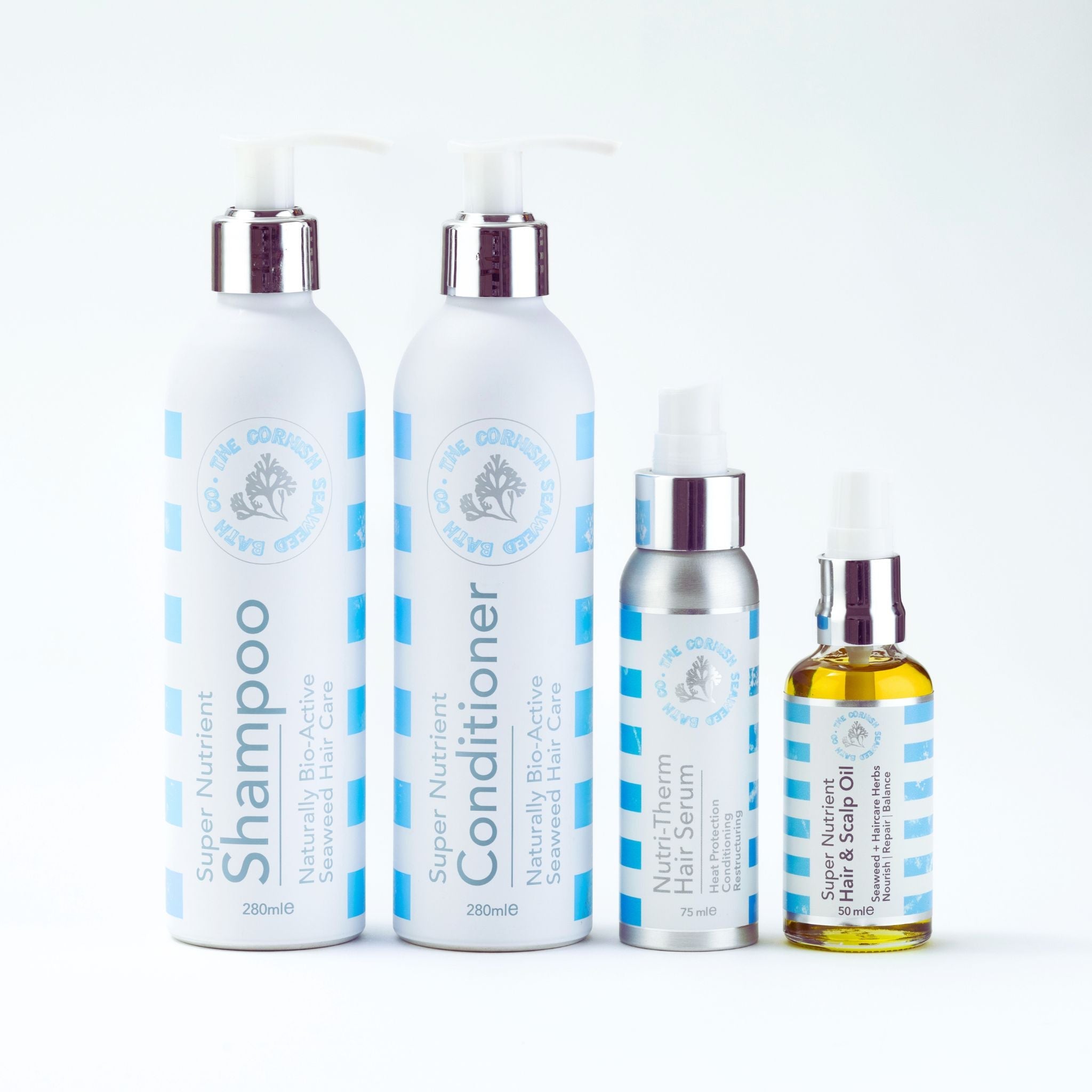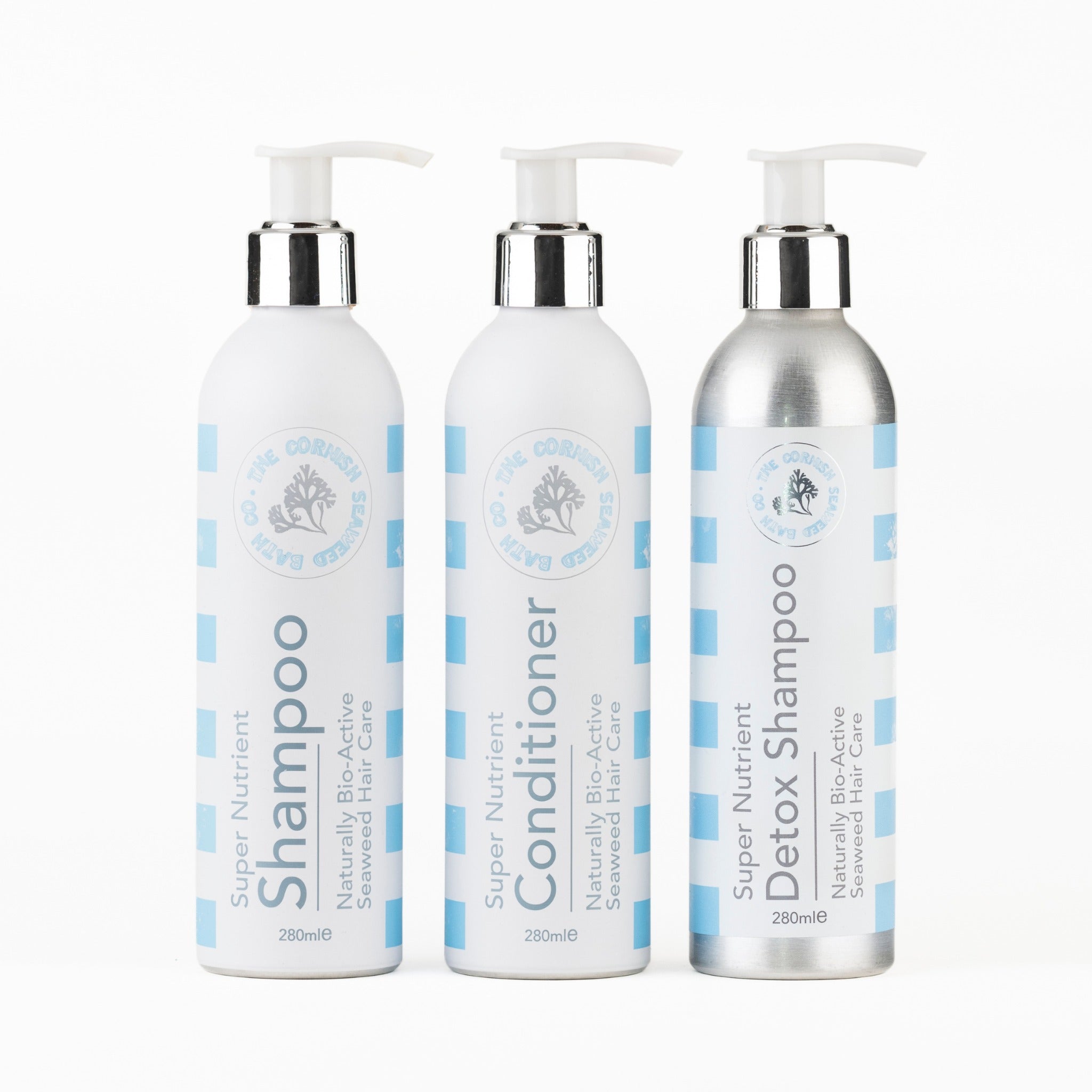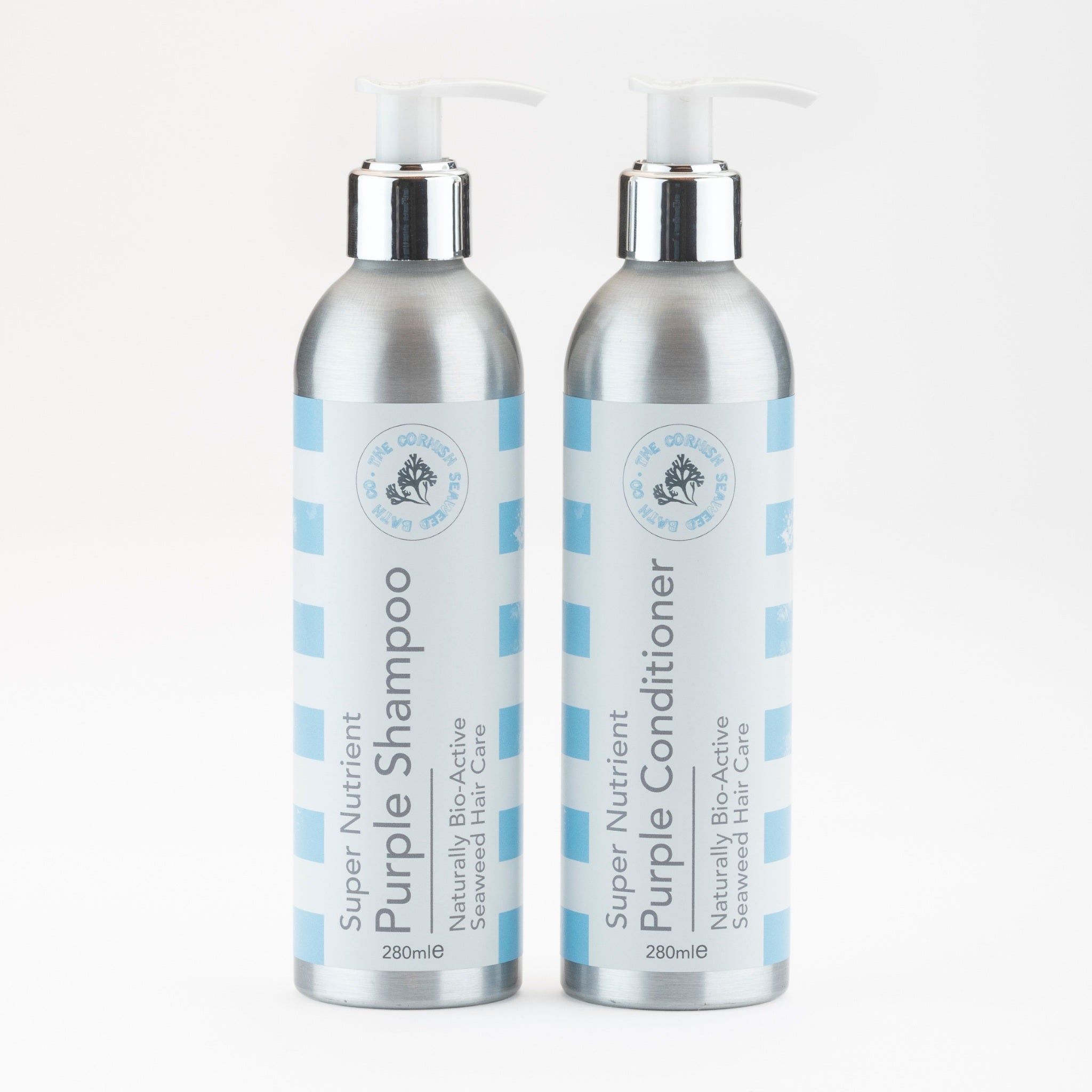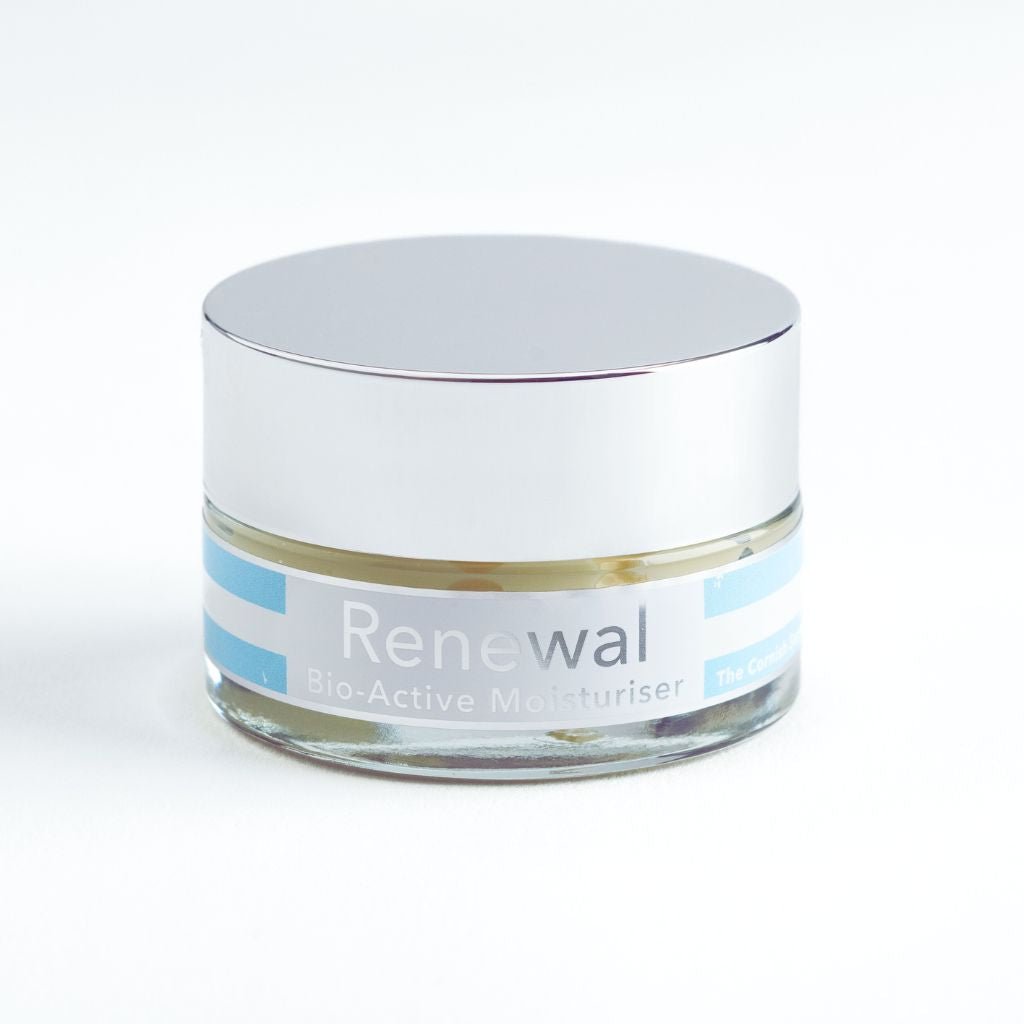Key Takeaways
- Black circles under the eyes are medically known as periorbital hyperpigmentation and can affect people of all ages and skin types.
- Genetics can contribute to the appearance of black circles, but other factors also play a role.
- Effectively getting rid of black circles starts with understanding their root causes.
- Choosing gentle and nourishing treatments is essential for addressing black circles without harming the skin.
Table of Contents
- What Are Black Circles & Why Do They Appear?
- How to Get Rid of Black Circles at Home
- Restorative Skincare Ingredients That Work
- Diet, Hydration, & Everyday Rituals
- Clinical Treatments, When to Consider Professional Help
- Comparing Approaches to Minimising Black Circles
- Real-Life Scenarios & Use Cases, Finding Your Path
- Comparison, Approaches to Minimising Black Circles
How to Get Rid of Black Circles With Seaweed Care
Black circles under your eyes, medically termed periorbital hyperpigmentation, affect millions regardless of age or skin type. While genetics play a role, understanding how to get rid of black circles begins with identifying their root causes and choosing gentle, nourishing treatments that work with your skin rather than against it. If you're looking for a comprehensive approach, The Facial Care Set offers a curated selection of products designed to support the delicate eye area and overall facial skin health.
From Cornwall's mineral-rich coastline, we've witnessed how seaweed's naturally occurring compounds support tired, delicate eye area skin. Our approach combines traditional botanical wisdom with evidence-based ingredients to address the underlying factors that contribute to persistent dark circles. For more inspiration on natural skin rituals, you might enjoy reading about five ways to use seaweed to care for your skin health.
What Are Black Circles & Why Do They Appear?
Periorbital hyperpigmentation manifests as darkened skin beneath or around the eyes, ranging from brown and black to bluish-purple hues. The delicate eye area contains the thinnest skin on your face, roughly 0.5mm compared to 2mm elsewhere, making underlying blood vessels and pigmentation changes more visible.
Three distinct types create different appearances. Vascular circles result from dilated blood vessels showing through thin skin, often appearing bluish or purple. Pigmentary circles develop from increased melanin production, typically brown or black, frequently triggered by sun exposure or inflammation. Structural circles form from natural tear trough anatomy or age-related volume loss, creating shadows that appear as darkness.
Risk factors include genetic predisposition (if your parents had them, you're 70% more likely to develop them), age-related skin thinning, certain ethnicities with naturally thinner periorbital skin, and lifestyle factors including chronic sleep deprivation, excessive sun exposure, and untreated allergies that cause frequent eye rubbing.
How to Get Rid of Black Circles at Home

Sleep optimisation forms the foundation of any effective approach. Aim for 7-9 hours nightly with your head elevated 15-20 degrees to reduce fluid accumulation. This simple adjustment can visibly improve morning puffiness and the appearance of vascular circles within two weeks.
Cold therapy constricts blood vessels and reduces inflammation. Apply chilled spoons or soft gel packs for 3-5 minutes each morning, never directly on skin, wrap in a thin cloth. The vasoconstriction effect temporarily diminishes the appearance of vascular circles whilst reducing any accompanying puffiness.
Gentle cleansing prevents further irritation whilst removing environmental pollutants that can exacerbate pigmentation. Our Renewal Facial Cleanser combines frankincense and rose absolute with nourishing jojoba oil, cleansing without stripping the delicate eye area. Massage a pea-sized amount gently for 30 seconds, avoiding harsh rubbing that can worsen pigmentation over time. For a complete daily routine, consider incorporating The Facial Care Set to streamline your skincare and target multiple concerns at once.
Morning Routine for Tired Eyes
1. Cold compress (3-5 minutes)
2. Gentle cleansing with lukewarm water
3. Pat dry with soft towel
4. Apply targeted eye treatment
5. Follow with broad-spectrum sun protection
Restorative Skincare Ingredients That Work
Fucus serratus, the bladder wrack seaweed we harvest from Cornwall's waters, contains polysaccharides and trace minerals that support skin barrier function and hydration. These compounds help maintain the delicate moisture balance crucial for healthy-looking eye area skin, particularly important given the area's naturally thin structure.
Our Revitalise Eye Gel combines seaweed with chrysanthemum flower, skullcap flower, and buddleia flower, botanicals traditionally used for their soothing properties, alongside hyaluronic acid for targeted hydration. Apply a rice-grain sized amount with gentle finger pads morning and evening, allowing the lightweight gel to absorb fully before applying additional products.
The Renewal Bio-Active Moisturiser features neroli and bergamot for their calming properties, whilst pomegranate extract supports visible skin vitality. Ling zhi mushroom, included for its adaptogenic qualities, works particularly well for stressed or fatigued-looking skin around the eyes and can be gently applied to this delicate area. To learn more about the benefits of moisturisers for delicate skin, see our guide on moisturiser and its role in skin health.
| Ingredient | Primary Benefit | Best For | Featured Product |
|---|---|---|---|
| Fucus Serratus | Barrier support & hydration | All circle types | Revitalise Eye Gel |
| Chrysanthemum Flower | Soothing irritation | Allergy-related circles | Revitalise Eye Gel |
| Hyaluronic Acid | Deep hydration | Structural circles | Revitalise Eye Gel |
| Pomegranate Extract | Visible vitality | Pigmentary circles | Renewal Bio-Active Moisturiser |
| Ling Zhi Mushroom | Adaptogenic support for stressed skin | Fatigued, mature skin | Renewal Bio-Active Moisturiser |
| Ingredient | Primary Action | Best For | Typical Results Timeline |
|---|---|---|---|
| Seaweed (Fucus Serratus) | Barrier support, mineral nourishment | All circle types, sensitive skin | 4-6 weeks |
| Hyaluronic Acid | Deep hydration | Structural, dehydrated skin | 2-4 weeks |
| Vitamin C | Collagen support, brightening | Pigmentary circles | 8-12 weeks |
| Caffeine | Vasoconstriction | Vascular circles, puffiness | 30 minutes (temporary) |
Diet, Hydration, & Everyday Rituals
Maintaining adequate hydration, approximately 2 litres daily, supports skin plumpness and can reduce the shadowing effect that contributes to circle appearance. Research indicates dehydrated skin appears thinner, making underlying vasculature more visible. Key nutrients including iron, vitamin K, and magnesium support healthy circulation, though dietary changes alone rarely eliminate established circles.
Gentle bathing rituals offer additional support for tired-looking skin. Our Wild Cornish Seaweed Bath releases mineral-rich gels when dissolved in warm water, creating a soothing environment that comforts irritated or fatigued skin. Add the blend as water runs, allow 2-3 minutes for full dissolution, then soak for 15-20 minutes to experience the full restorative benefits. For a deeper dive into the benefits of seaweed baths, read about the health benefits of taking a bath with seaweed.
The ritual extends beyond the immediate soothing effect, regular seaweed baths may help improve overall skin texture and comfort, indirectly supporting the delicate eye area through improved circulation and relaxation. This whole-body approach recognises that to get rid of black circles often requires addressing overall skin health and stress levels.
Three Planetary-Friendly Bath Routines for Brighter Skin
1. Weekly Seaweed Soak: 15-minute baths with correct product dosage
2. Cool Water Rinse: Finish with cooler water to support circulation
3. Mindful Timing: Shorter showers (15-20 minutes) conserve water whilst maximising benefits
Clinical Treatments, When to Consider Professional Help

Dermatological treatments become relevant when home care approaches prove insufficient after 12-16 weeks of consistent use. Laser treatments target pigmentary circles by breaking down excess melanin, whilst chemical peels using alpha-hydroxy acids encourage cellular turnover. Dermal fillers address structural circles by restoring volume to tear trough areas, though results vary significantly between individuals. For a scientific perspective on these interventions, see this external resource on periorbital hyperpigmentation treatments.
Professional consultation becomes particularly valuable for persistent pigmentation that doesn't respond to topical treatments, or when circles appear suddenly on one side only, potentially indicating underlying health concerns. Ask practitioners about patch testing protocols, expected downtime, and realistic outcome expectations before committing to any procedure.
Clinical treatments carry limitations and risks including temporary irritation, pigmentation changes, and the need for ongoing maintenance. No single approach guarantees complete elimination, particularly for genetically inherited circles or deep structural changes. Many practitioners recommend combining professional treatments with consistent home care for optimal results.
| Treatment Type | Best For | Expected Results | Recovery Time |
|---|---|---|---|
| Laser Therapy | Pigmentary circles | 30-50% improvement | 5-7 days |
| Chemical Peels | Surface pigmentation | Gradual lightening | 3-5 days |
| Dermal Fillers | Structural circles | Immediate volume restoration | 24-48 hours |
| Seaweed Skincare | All types, sensitive skin | Gentle, sustained improvement | None required |
Comparing Approaches to Minimising Black Circles
Home remedies offer accessibility and gentleness, making them suitable for sensitive skin and those preferring gradual improvement. Clinical solutions provide faster, more dramatic results but require professional oversight and carry higher risks. The most effective long-term strategy often combines both approaches, using gentle daily care to maintain and support any professional treatments.
Different circle types respond better to specific interventions. Vascular circles benefit most from cold therapy and caffeine-based products, pigmentary circles from brightening agents such as vitamin C, and structural circles from targeted hydration and, where appropriate, professional treatments. Our seaweed-based care is suitable for all types, especially those with sensitive skin.
Real-Life Scenarios & Use Cases, Finding Your Path
Understanding how to get rid of black circles becomes clearer when you see practical applications. Consider Sarah, in her early thirties, who noticed dark shadows after months of disrupted sleep with a new baby. She combined consistent 8-hour sleep schedules with our Revitalise Eye Gel each morning and evening. The buddleia flower and chrysanthemum helped soothe her tired-looking skin, whilst the hyaluronic acid provided essential hydration. Within six weeks, the vascular-type circles had noticeably lightened. For those seeking a streamlined regimen, The Facial Care Set can be an excellent all-in-one solution.
James faced allergy-induced pigmentation that worsened during hay fever season. His approach centred on gentle cleansing with our Renewal Facial Cleanser, avoiding harsh rubbing that could inflame the delicate eye area. The frankincense and rose geranium in the formula provided calming support without aggravating his sensitive skin. He paired this with antihistamines and cool compresses during flare-ups. If you're interested in how detoxifying rituals can support skin health, read more about how to detox skin with seaweed bath.
Margaret, approaching sixty, recognised her circles stemmed from natural aging and genetic predisposition. She incorporated our Renewal Bio-Active Moisturiser into her evening routine, benefiting from the angelica sinensis and pomegranate extract that support skin vitality. Rather than expecting dramatic transformation, she focused on maintaining healthy skin barrier function and preventing further darkening.
Daily Rituals for Different Skin Needs
- Sensitive types: Cool water cleansing, minimal products, consistent sleep
- Mature skin: Gentle massage techniques, barrier-supporting ingredients, sun protection
- Busy lifestyles: Streamlined routines focusing on sleep quality and hydration
Comparison, Approaches to Minimising Black Circles

The Cornish Seaweed Bath Company, Gentle Restorative Care
Best for: Those seeking natural, sustainable solutions with proven botanical ingredients
Our approach centres on nourishing the delicate eye area with mineral-rich seaweed and carefully selected botanicals. The Revitalise Eye Gel combines fucus serratus with chrysanthemum flower and hyaluronic acid, creating a formula that supports skin hydration without harsh actives. This gentle methodology respects your skin's natural processes whilst providing consistent, measurable improvements over 4-6 weeks. For a scientific overview of seaweed-derived actives in cosmetics, see this detailed review on skin health benefits.
Why it stands out: Sustainably harvested Cornish seaweed provides trace minerals that support skin barrier function. The formulations avoid synthetic fragrances and harsh preservatives, making them suitable for the sensitive eye area. Each product undergoes careful botanical selection, ensuring ingredients work synergistically rather than competing for absorption.
Over-the-Counter Vitamin C Serums
Best for: Pigmentation-focused concerns with tolerance for active ingredients
Advantages
- Widely available and researched for pigmentation
- Can show results within 2-4 weeks for some users
- Multiple concentration options available
Considerations
- May cause irritation around sensitive eye area
- Requires careful storage to maintain potency
- Can increase sun sensitivity
Professional Laser Treatments
Best for: Persistent pigmentation unresponsive to topical care
Advantages
- Can address deeper pigmentation issues
- Professionally supervised treatment
- Measurable results for suitable candidates
Considerations
- Premium investment with ongoing maintenance
- Requires downtime and careful aftercare
- Not suitable for all skin types or circle causes
| Approach | Suitable Circle Types | Timeline | Skin Sensitivity | Maintenance Required |
|---|---|---|---|---|
| Seaweed-based Care | All types, especially sensitive | 4-8 weeks | Excellent for sensitive skin | Daily gentle routine |
| Vitamin C Serums | Pigmentation-focused | 2-6 weeks | May irritate sensitive areas | Consistent application |
| Professional Treatments | Structural and deep pigmentation | Multiple sessions | Requires professional assessment | Periodic treatments |
| Cold Therapy | Vascular circles, puffiness | Immediate (temporary) | Generally well-tolerated | As needed |
Frequently Asked Questions
How to remove dark circles permanently?
Permanently removing dark circles can be challenging as they often result from a combination of factors including genetics, skin thickness, and lifestyle. Addressing them involves consistent care with gentle, nourishing products that support skin health, alongside lifestyle adjustments such as adequate sleep and hydration. For persistent concerns, professional treatments may offer additional options, but a tailored, patient approach is essential.
What are the main causes of dark circles?
Dark circles arise from several causes including genetic predisposition, thinning skin around the eyes revealing underlying blood vessels, increased pigmentation due to sun exposure or inflammation, and structural shadows from natural facial anatomy or volume loss with age. These factors often combine, influencing the appearance of darkness beneath the eyes.
A picture tells a thousand words: out of necessity, some images in this blog post have been created using artificial intelligence models. This is to help us bring to life & more comprehensively express the written content within this post. We only using artificially generated images when we don’t have a suitable image available to us.
 Christmas Gifts!
Christmas Gifts!



